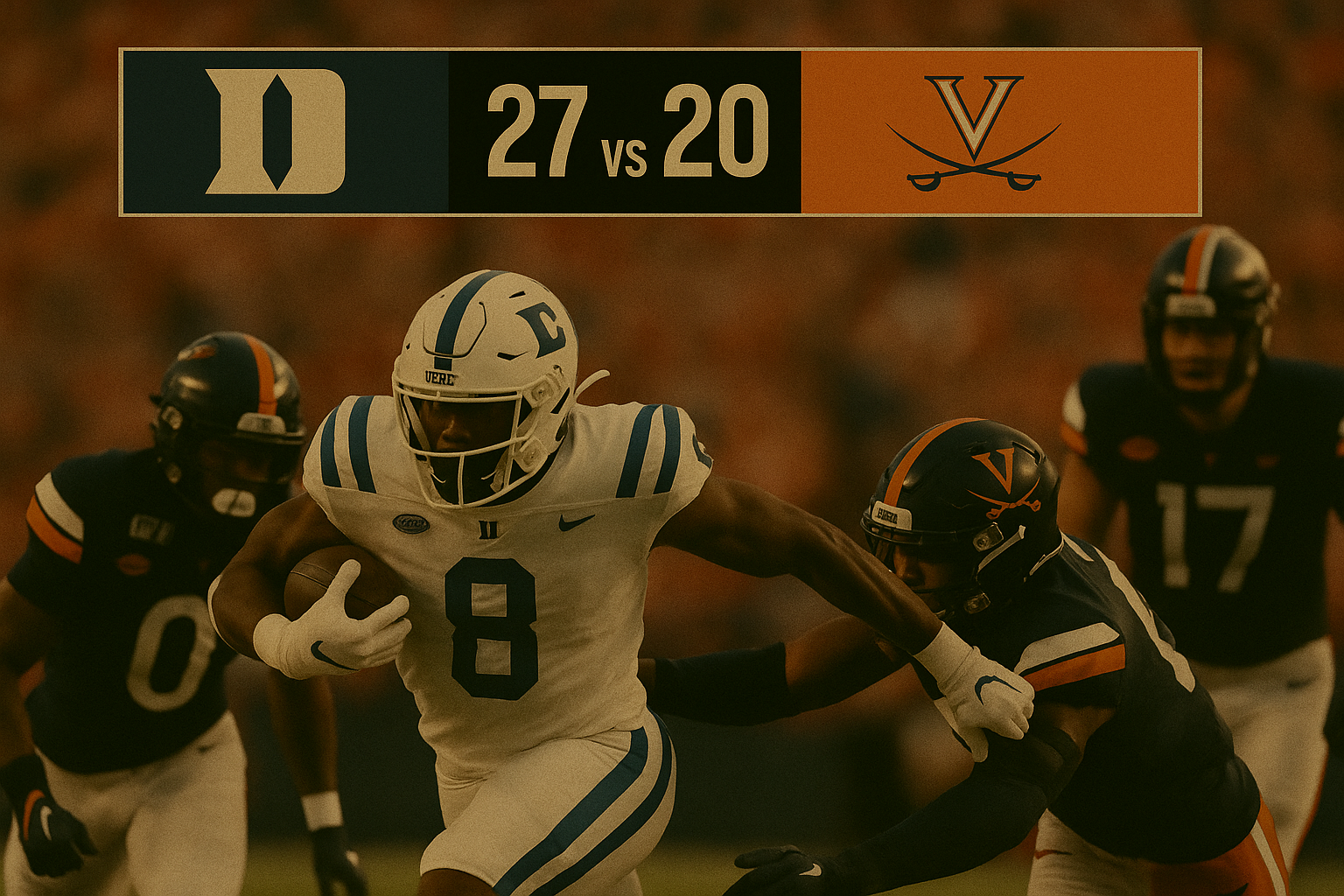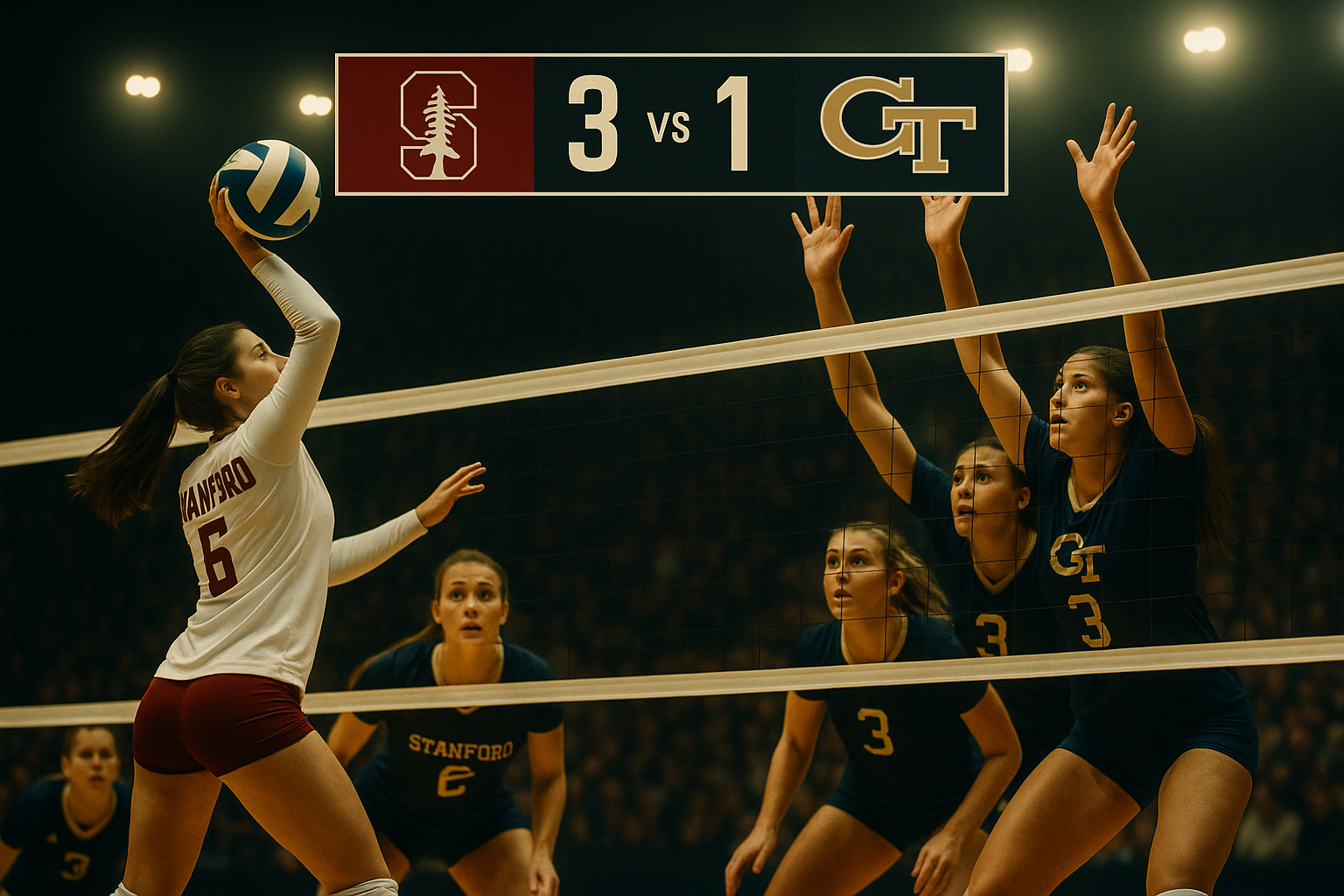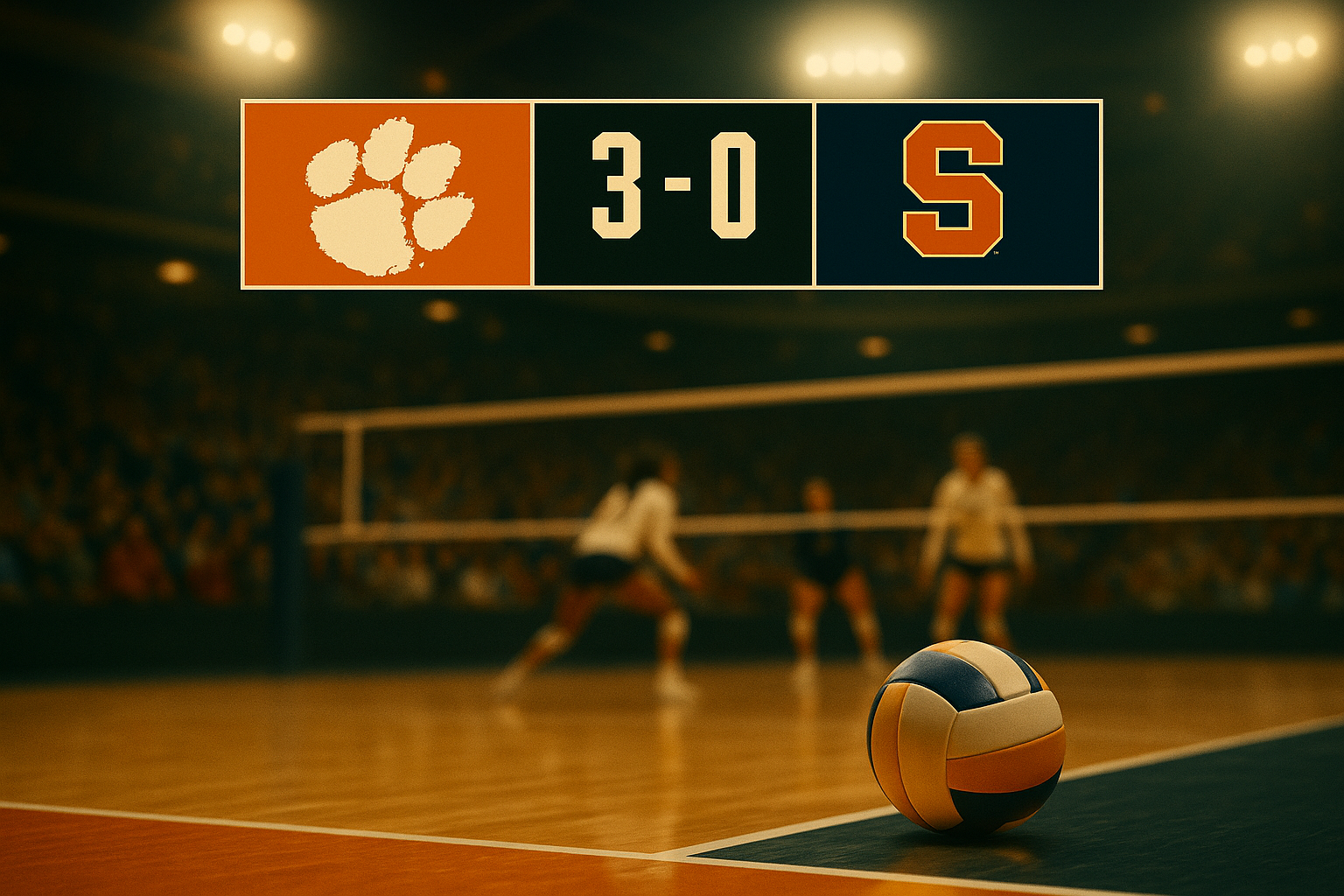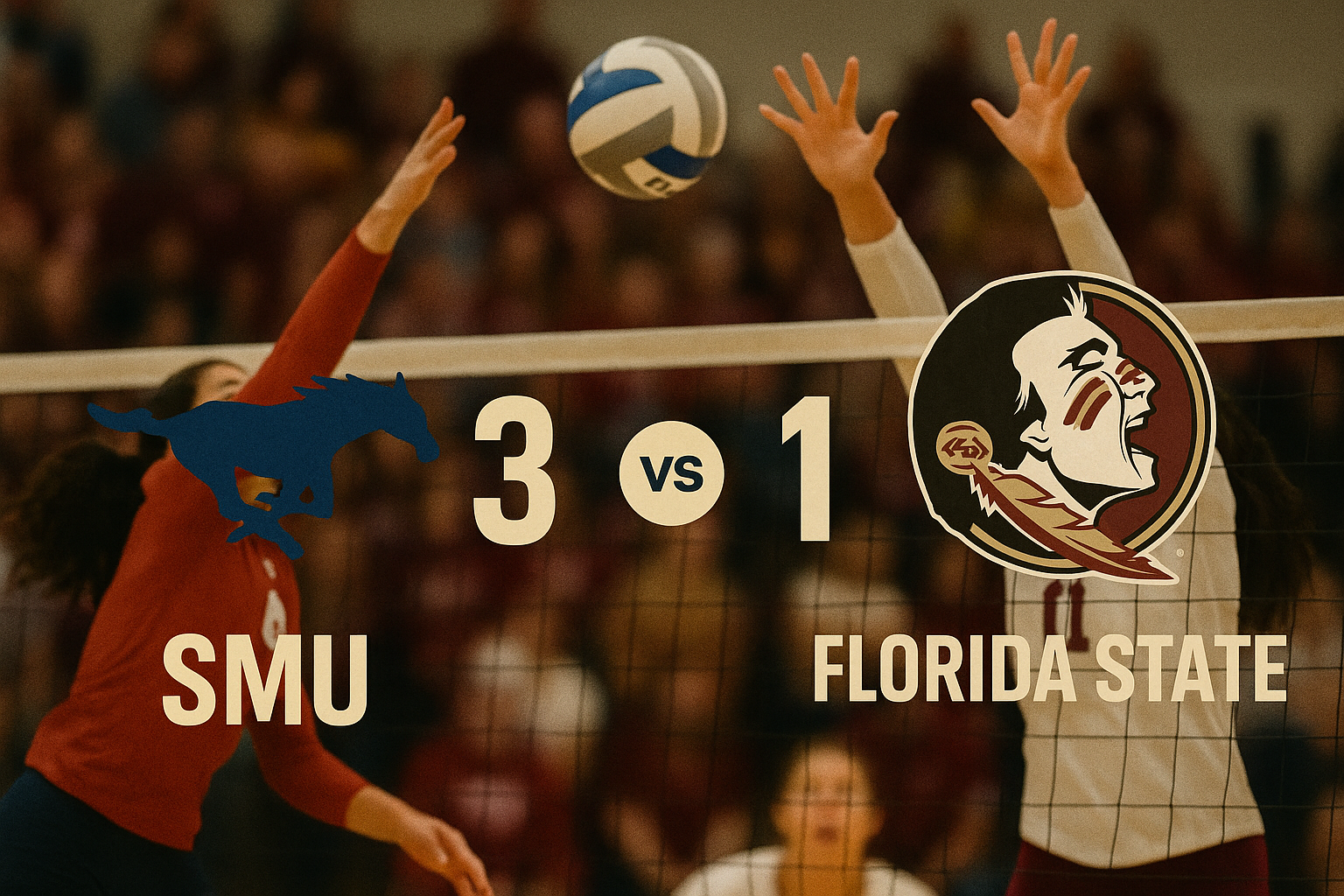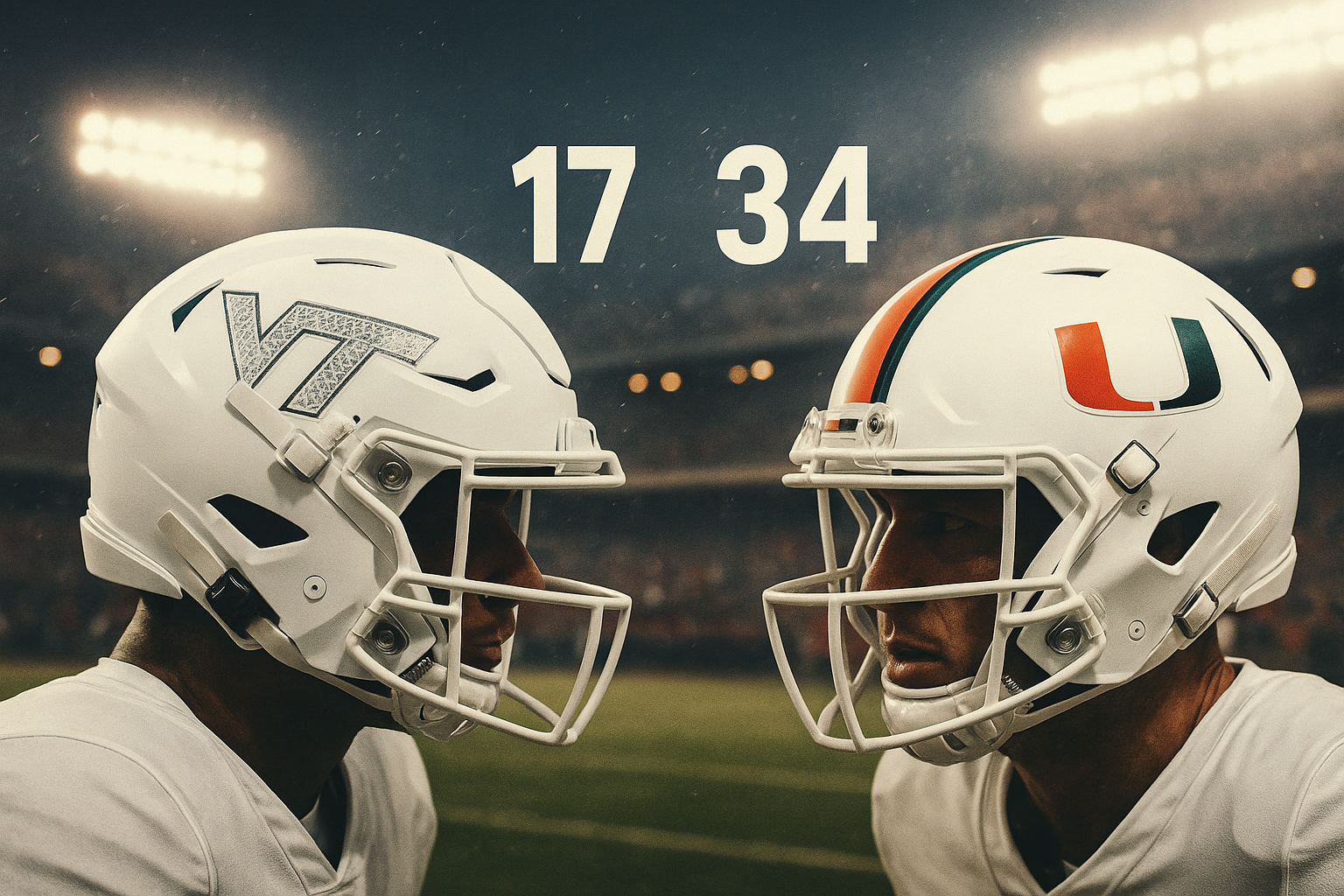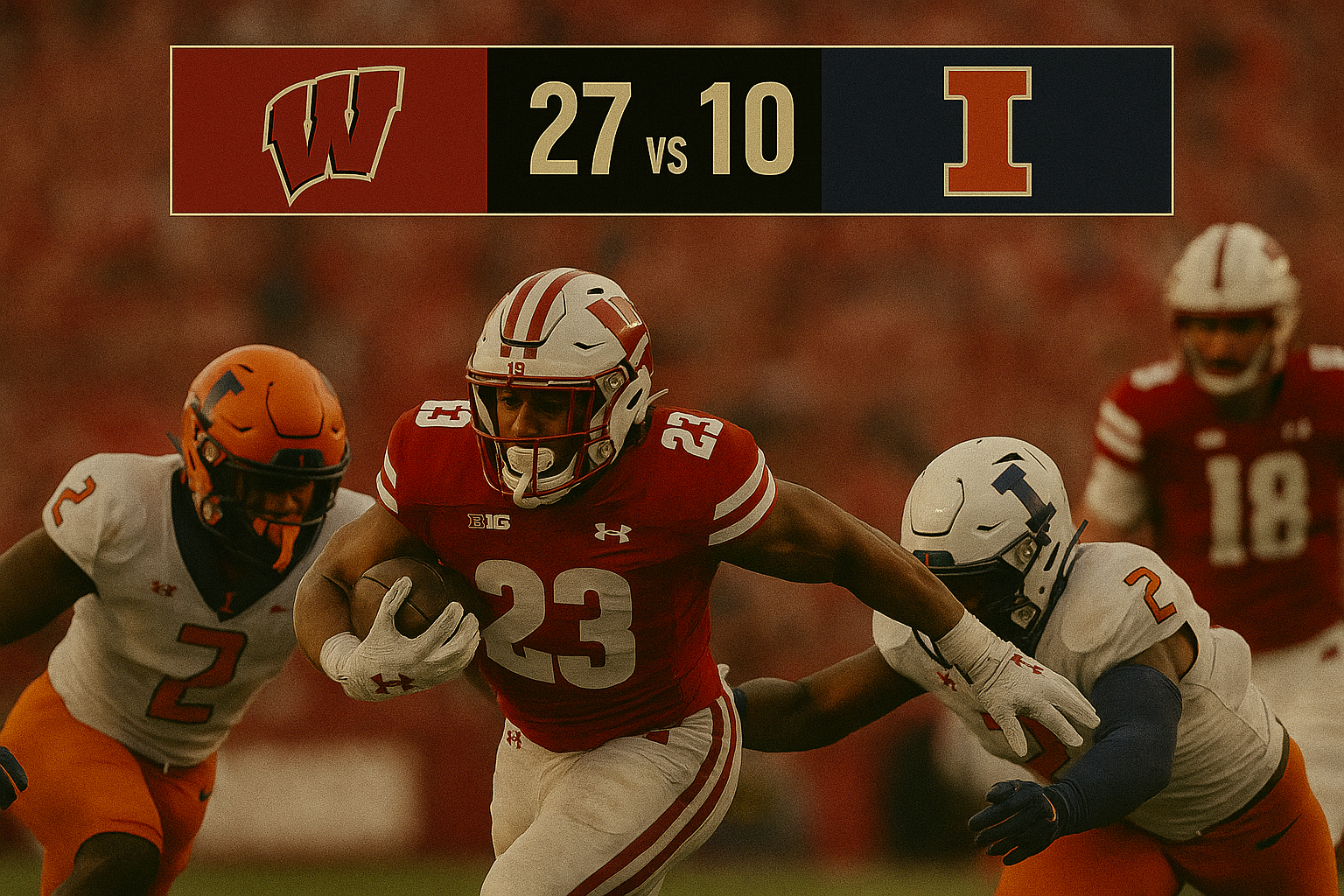Justin Tucker’s Baltimore Era Ends: Ravens Release Star Kicker Amid Struggles and Investigation
A Historic Career Concludes in Uncertainty
The Baltimore Ravens have officially parted ways with Justin Tucker, the most accurate kicker in NFL history, closing the book on a remarkable 13-year tenure. The decision, announced by the team, comes at a moment when the 35-year-old kicker is facing an NFL investigation into allegations of inappropriate behavior and is coming off the worst statistical season of his decorated career.
Tucker, a seven-time Pro Bowler and Super Bowl champion, leaves behind a legacy unmatched in NFL kicking history. With a career field goal conversion rate of 89.1% and the longest field goal ever made — a 66-yard game-winner in 2021 — Tucker was once considered virtually automatic. His No. 9 jersey was a fan favorite at M&T Bank Stadium, and his larger-than-life personality, showcased through opera singing and local commercials, made him a Baltimore icon.
Why the Ravens Made the Move
The Ravens’ decision to release Tucker was driven by multiple factors. On the field, his performance sharply declined in 2024, when he converted just 73.3% of his field goal attempts, missing 10 kicks — three more than any previous season. This decline in reliability raised questions about his future effectiveness, even before the off-field controversies emerged.
The NFL investigation centers around allegations made by 16 massage therapists from eight spas and wellness centers in the Baltimore area, with accusations ranging from inappropriate behavior to sexual misconduct between 2012 and 2016. While Tucker has denied any wrongdoing and called the claims “unequivocally false,” the league’s probe and public scrutiny placed the Ravens in a challenging position.
The team’s decision was also influenced by financial considerations. By designating Tucker as a post-June 1 cut, Baltimore will save $4.2 million in salary cap space for the 2025 season, while spreading $7.5 million in dead money over two years. The move is historic in NFL terms, representing the largest dead cap hit ever assigned to a kicker.
Enter Tyler Loop: The Next Chapter
Baltimore signaled its intentions in April’s NFL Draft, selecting Tyler Loop in the sixth round — the first time in franchise history that the Ravens drafted a kicker. Loop impressed scouts with his strong leg, consistent technique, and range, hitting six of nine attempts from 50-plus yards in college, including a 62-yarder, and going 13-of-14 in combine drills.
Loop’s arrival puts him in the driver’s seat to take over as Baltimore’s next starting kicker. Ravens head coach John Harbaugh emphasized that all decisions regarding the roster, including the kicker battle, would be “based on football,” pointing to the team’s long-term strategy rather than just off-field concerns.
Tucker’s Complicated Legacy
Tucker’s rise from undrafted free agent out of Texas to NFL stardom was one of the great success stories in league history. He became the Ravens’ all-time leading scorer, consistently delivered in clutch situations, and earned a reputation as one of the greatest kickers the game has ever seen.
However, his legacy is now complicated by the allegations that have surfaced in recent months. According to reports, between January and February 2025, multiple massage therapists came forward with accusations, including claims of exposure and inappropriate behavior during treatments. While no criminal charges have been filed, the NFL’s personal conduct policy allows for potential disciplinary action regardless of legal outcomes.
Front Office Perspective
Ravens general manager Eric DeCosta acknowledged the difficulty of the decision, calling Tucker’s contributions “significant and unforgettable” and expressing gratitude for his reliability, resilience, and extraordinary talent. The front office had previously signaled confidence in Tucker’s future, but the tone shifted dramatically after the NFL investigation became public and the team’s draft strategy became clear.
What’s Next for Tucker
As a free agent, Tucker will be seeking a new NFL home, though his path forward is uncertain. Teams in need of a veteran kicker may hesitate until the league’s investigation is complete, and his recent performance decline may further narrow his opportunities. Regardless, Tucker’s departure marks the end of a remarkable chapter in Baltimore sports history.
The Road Ahead for Baltimore
For the Ravens, the move represents both risk and renewal. Replacing a franchise legend is never easy, and much will depend on Loop’s ability to perform under pressure. Yet the front office’s decisive action signals a focus on the future — one shaped by competition, accountability, and the pursuit of excellence on and off the field.
